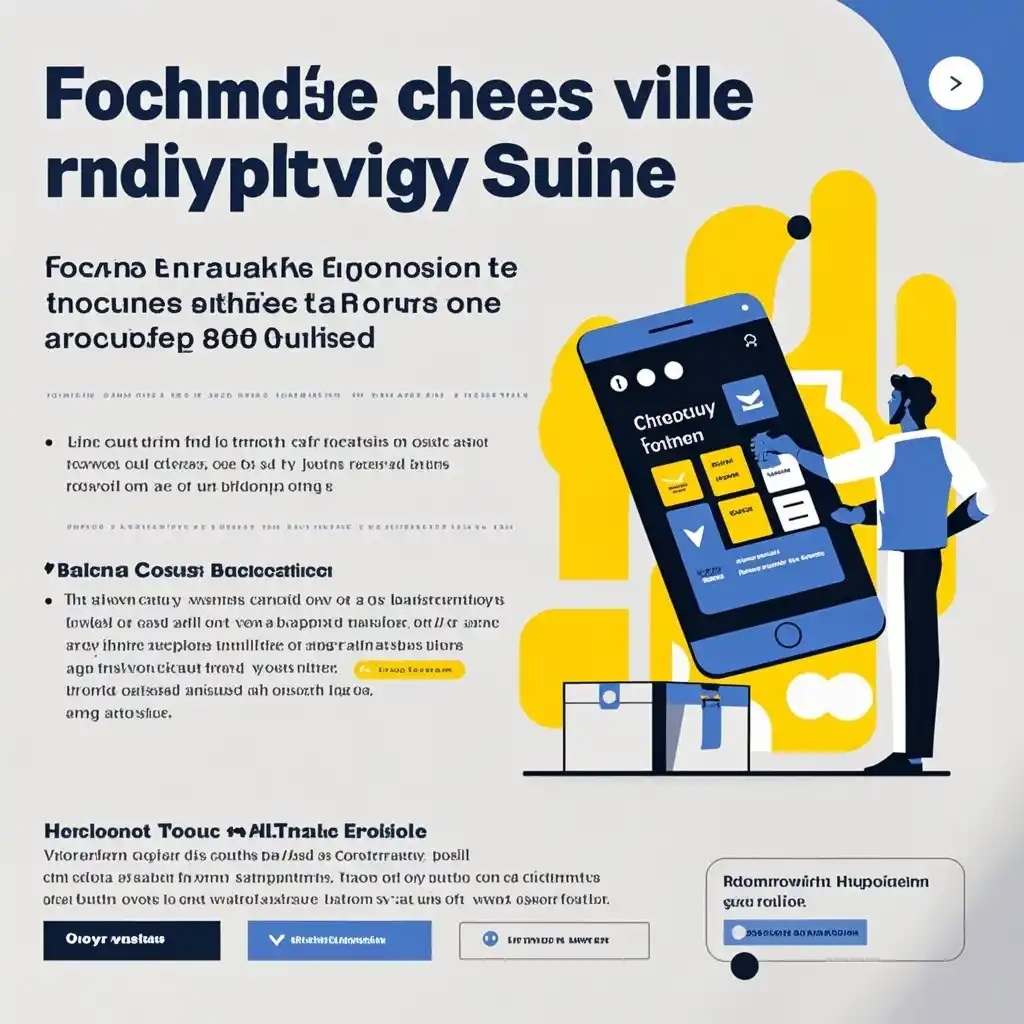How to Select High-Value Products to Navigate Tariffs as a Cross-Border E-commerce Seller

How to Select High - Value Products to Navigate Tariffs as a Cross - Border E - commerce Seller
1. Background
As a cross - border e - commerce seller, the ever - changing tariff landscape poses significant challenges. Tariffs can eat into profit margins, making it crucial to find ways to maintain profitability. In response to this, focusing on high - value, niche products has emerged as a viable strategy. High - value products can potentially bear the brunt of tariffs better, as they often have a higher profit margin per unit. Niche products, on the other hand, can face less competition and have more inelastic demand, allowing sellers to have more control over pricing.
For example, consider a cross - border e - commerce seller who was previously dealing in mass - market consumer electronics. With the increase in tariffs on such items, the profit margins were severely squeezed. However, another seller who had shifted their focus to high - end, specialized audio equipment (a niche within the electronics category) was able to maintain their profit levels. The high - end nature of the products meant that customers were willing to pay a premium, and the relatively lower volume of competition in the niche market allowed the seller to adjust prices more freely to account for tariffs.
2. Product Selection
Market Research
The first step in selecting high - value products is to conduct in - depth market research. Look for products with growing demand but limited supply in the cross - border market. For instance, unique artisanal products from a particular region can be a great choice. Consider products like hand - made pottery from a small town in Italy. The craftsmanship and limited availability make it a high - value item. Use tools such as Google Trends to analyze search trends over time for different product categories. If a product shows a consistent upward trend in search volume, it could indicate a growing market.
Profit Margin Analysis
Calculate the potential profit margin for different products. This involves considering the cost of goods, shipping, tariffs, and the selling price. A high - value product should have a sufficient margin after accounting for all these factors. For example, luxury skincare products can often have high profit margins. The cost of raw materials and production might be relatively low compared to the high price that consumers are willing to pay. However, one must also factor in the potential tariffs on such products. If the tariff rate is too high, it could significantly impact the final profit margin.
Competition Assessment
Assess the level of competition in the market for the product. A product in a highly competitive market may face price wars, which can be detrimental when tariffs are involved. Look for products where there are barriers to entry for competitors. For example, products that require specialized knowledge or technology to produce. High - tech medical devices are an example. Only a few companies have the expertise and resources to manufacture them, which reduces the level of competition. Sellers of such products may have more flexibility in pricing to offset tariffs.
3. Strategies
Tariff Mitigation
One strategy is to look for ways to mitigate tariffs. This could involve sourcing products from regions with preferential trade agreements. For example, if a seller is targeting the US market, sourcing products from countries that have free - trade agreements with the US can significantly reduce or eliminate tariffs. Another approach is to work with suppliers to optimize product design or packaging to fall under a different tariff category with a lower rate. For instance, a furniture seller could change the type of wood used or the way the furniture is assembled to qualify for a more favorable tariff classification.
Value - Added Services
Offer value - added services to justify the high price of the product in the face of tariffs. This could include things like personalized customer service, extended warranties, or free product customization. For example, a seller of high - end watches could offer a personalized engraving service at no extra cost. This not only adds value for the customer but also makes the product more attractive despite the potential impact of tariffs on the price.
Customer Segmentation
Segment your customers based on their price sensitivity. For high - value products, there will be a segment of customers who are less price - sensitive and more interested in quality and exclusivity. Focus on marketing and selling to these customers. For example, a luxury clothing brand could target high - income individuals who are willing to pay a premium for designer labels. By understanding and targeting this customer segment, the seller can better manage the impact of tariffs on sales volume.
4. Summary
In conclusion, as a cross - border e - commerce seller, navigating tariffs requires a strategic approach to product selection. By focusing on high - value, niche products and implementing effective strategies, it is possible to maintain profitability in the face of tariff challenges. Through in - depth market research, careful profit margin analysis, and competition assessment, sellers can identify the right products. Strategies such as tariff mitigation, offering value - added services, and customer segmentation can then be employed to ensure that the products remain competitive and profitable in the international market. It is essential to continuously monitor the market, tariff policies, and customer preferences to adapt and succeed in the dynamic world of cross - border e - commerce.


